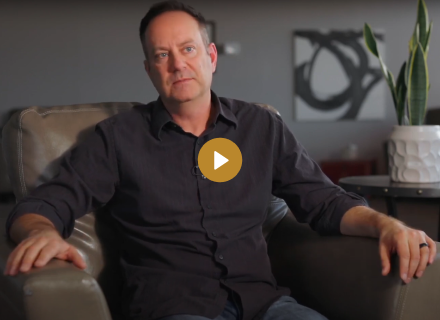Dr. Floyd Godfrey
Anxiety is one of the most prevalent mental health issues affecting individuals across various age groups. Clinically, anxiety presents differently in adults, adolescents, and children, and understanding these distinctions can improve diagnosis and treatment. These variations often stem from developmental factors, cognitive capacity, and emotional expression. In my clinical practice, I have observed that while the core experience of anxiety—such as excessive worry, fear, and physiological arousal—remains consistent, the way it is expressed and managed varies significantly depending on the individual’s age.
Anxiety in Adults
In adults, anxiety typically manifests through a combination of cognitive and physiological symptoms. Adults often experience a heightened awareness of their anxieties, which tend to revolve around life responsibilities such as work, finances, relationships, and health. This heightened awareness may lead to overthinking or catastrophic thinking, where individuals imagine worst-case scenarios that seem unlikely but feel very real. Physically, adults may present with symptoms like muscle tension, headaches, gastrointestinal discomfort, or sleep disturbances. These individuals often try to manage their anxiety by seeking control over their environment—whether through meticulous planning or avoidance strategies.
However, adults are also more likely to develop secondary symptoms, such as depression, substance use disorders, or chronic stress conditions, which can complicate the presentation of anxiety. Therapeutic interventions for adults often focus on cognitive-behavioral approaches, emphasizing the restructuring of anxious thought patterns and enhancing coping mechanisms. A key clinical observation is the need for adults to recognize their anxiety as something manageable rather than an inevitable part of life.
Anxiety in Adolescents
Adolescents present with anxiety in ways that can often be mistaken for normal teenage behavior, which makes diagnosis more challenging. Social pressures, academic expectations, and identity formation are significant sources of anxiety for teens. Adolescents often report feeling overwhelmed by performance expectations, peer acceptance, or concerns about their future. What sets adolescent anxiety apart is its expression through irritability, mood swings, and defiance, which are often attributed to the turbulence of adolescence but can be key indicators of underlying anxiety.
Clinically, adolescents may engage in avoidant behaviors, such as skipping school or withdrawing from social activities. Some may experience panic attacks, while others display perfectionism or compulsive behaviors as coping mechanisms. Social anxiety is particularly prominent in this group, with teens fearing judgment or rejection. A vital clinical observation in working with adolescents is the importance of addressing anxiety before it leads to more serious mental health concerns, such as depression or substance use. Therapeutic strategies often include helping teens build resilience, develop social skills, and use mindfulness techniques to manage their symptoms.
Anxiety in Children
In children, anxiety tends to manifest in more somatic or behavioral ways. Unlike adults and adolescents, children may not have the language or self-awareness to articulate their feelings of anxiety. Instead, they may express their anxiety through physical complaints, such as stomachaches, headaches, or other unexplained pains. They may also show excessive clinginess, tantrums, or refusal to participate in activities they once enjoyed.
Children with anxiety are often excessively concerned about safety—both their own and that of their family members. Separation anxiety is common, especially in younger children, where the fear of being apart from a caregiver can cause significant distress. Social anxiety may also emerge, particularly in new settings such as starting school or interacting with unfamiliar peers. One of the most significant challenges in treating childhood anxiety is identifying the root cause since children may not be able to verbalize their fears. Therapeutic work with children often involves play therapy, cognitive-behavioral therapy adapted for younger minds, and family involvement to ensure a supportive environment.
Understanding Age-Specific Manifestations
In conclusion, anxiety presents differently across age groups, with adults often experiencing cognitive overload, adolescents showing emotional turbulence, and children displaying somatic complaints or behavioral outbursts. Clinically, the key to successful intervention is recognizing these age-specific manifestations and tailoring treatment to meet the individual's developmental needs. Early identification and intervention can significantly improve outcomes, helping individuals of all ages manage their anxiety and regain control over their lives.
Floyd Godfrey, PhD is a Certified Mental Health Coach and has been guiding clients since 2000. He currently speaks and provides consulting and mental health coaching across the globe. To learn more about Floyd Godfrey, PhD, please visit his website: www.FloydGodfrey.com.



